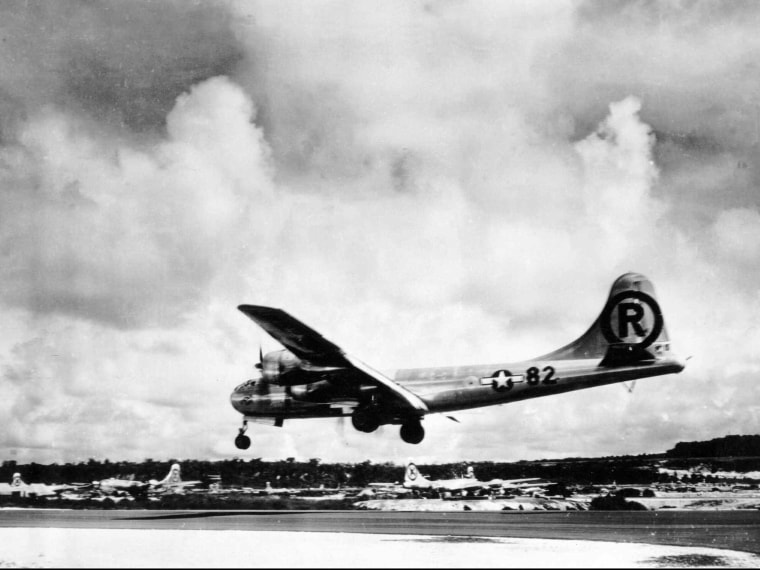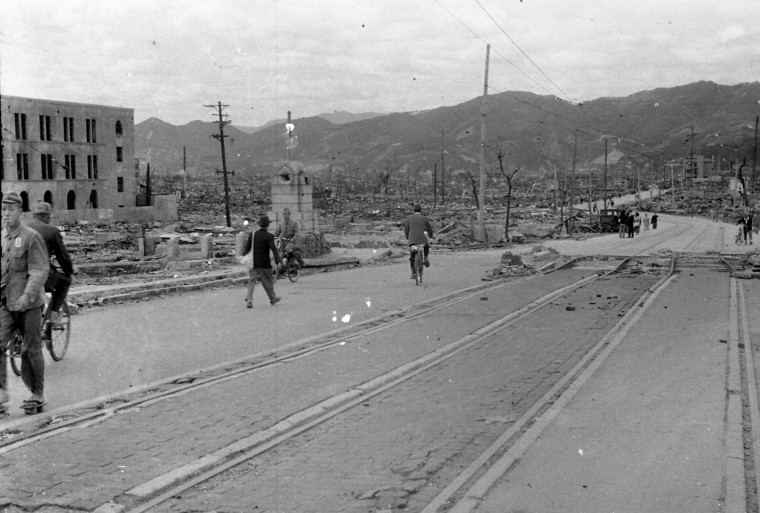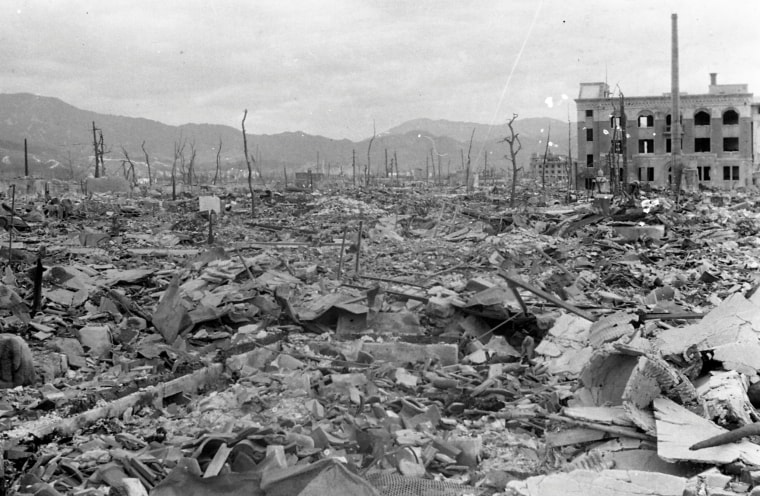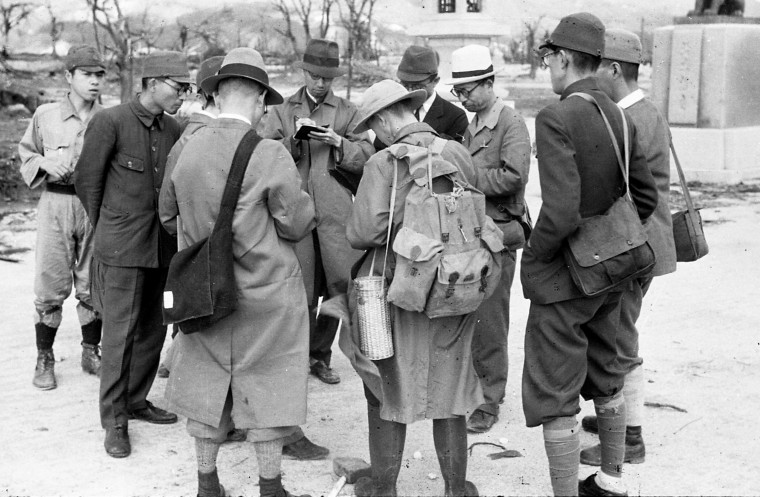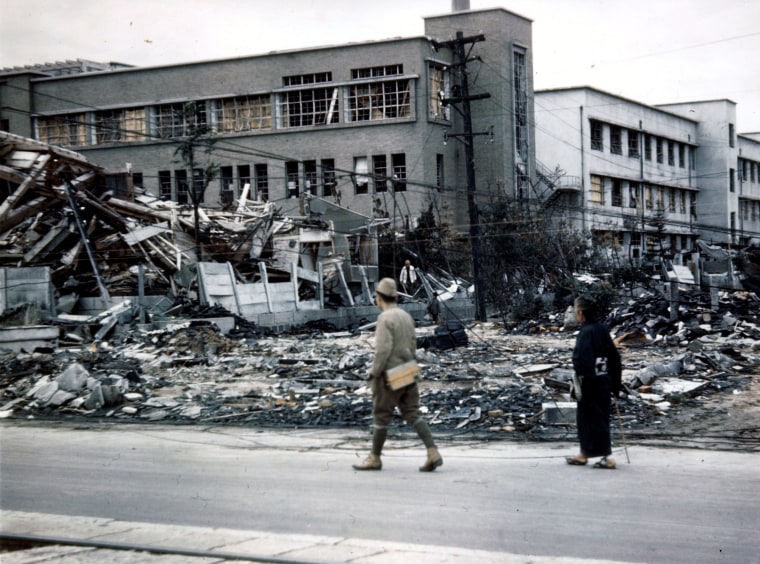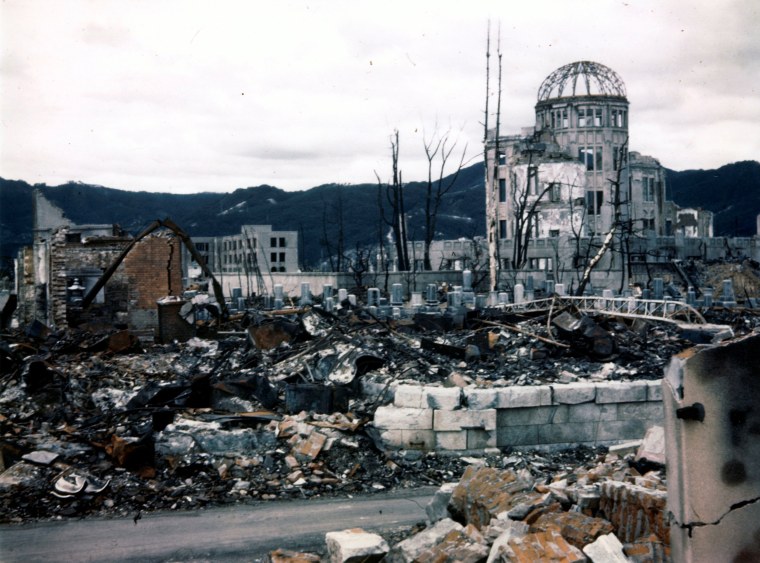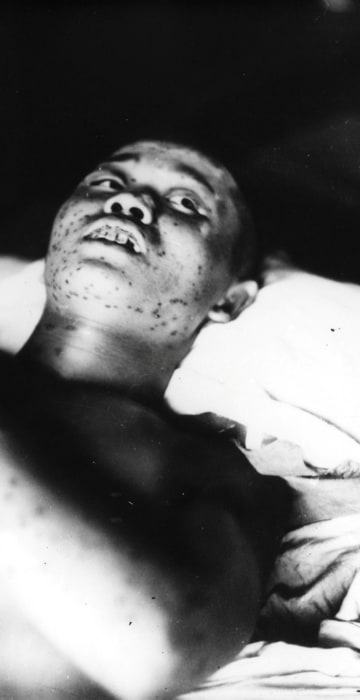
Photo
City of Ashes: Hiroshima After the Bombing
On the morning of August 6, 1945, the U.S. ushered in the nuclear age by dropping an atomic bomb to hasten the end of World War II.
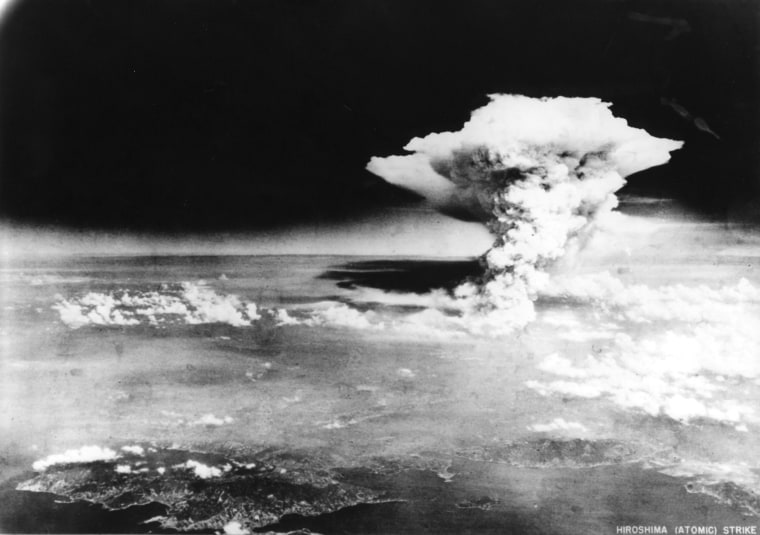
A cloud rises following the explosion of an atomic bomb in Hiroshima, Japan, on Aug. 6, 1945.
President Barack Obama will become the first sitting U.S. president to visit Hiroshima on Friday, May 27.
The scale of what happened there — hundreds of thousands killed, countless others sickened by the fallout, the Japanese surrendering days later finally ending World War II in the Pacific — remains a historical moment of a magnitude almost incomprehensible.

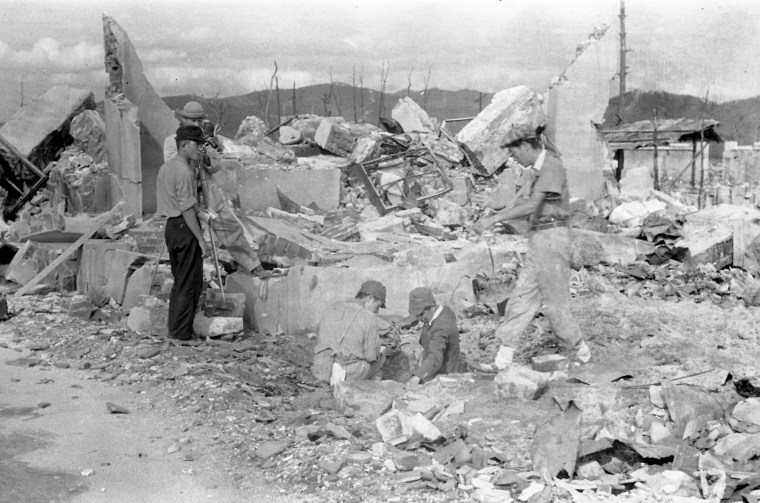

A 21-year-old soldier, who was exposed to the atomic bombing of Hiroshima on Aug. 6, 1945, and has purple subcutaneous hemorrhage spots on his body, received treatment at the Ujina Branch of the Hiroshima First Army Hospital on Sept. 3, 1945.
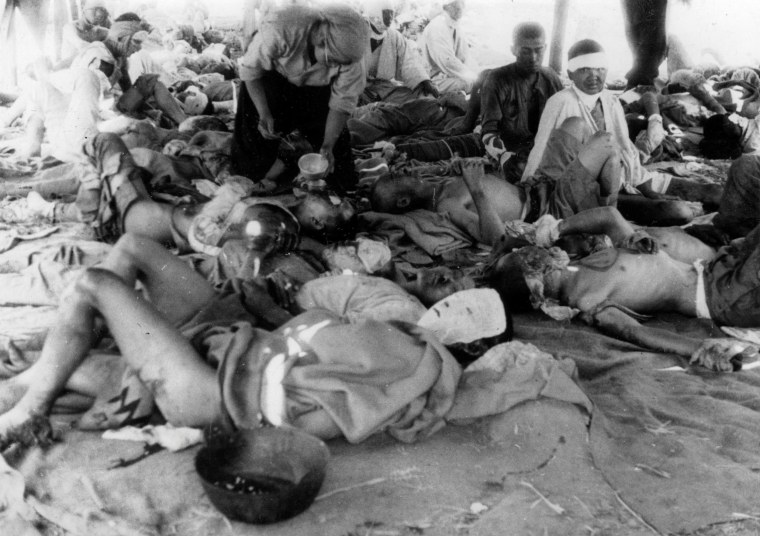

People walk over Aioi Bridge in October 1945 past the gutted dome that is now the Hiroshima Peace Memorial.
Many Americans believe the atomic attacks were justified and hastened the end of the war. However, Japanese survivors' groups have campaigned for decades to bring leaders from the U.S. and other nuclear powers to see Hiroshima's permanent scars.
